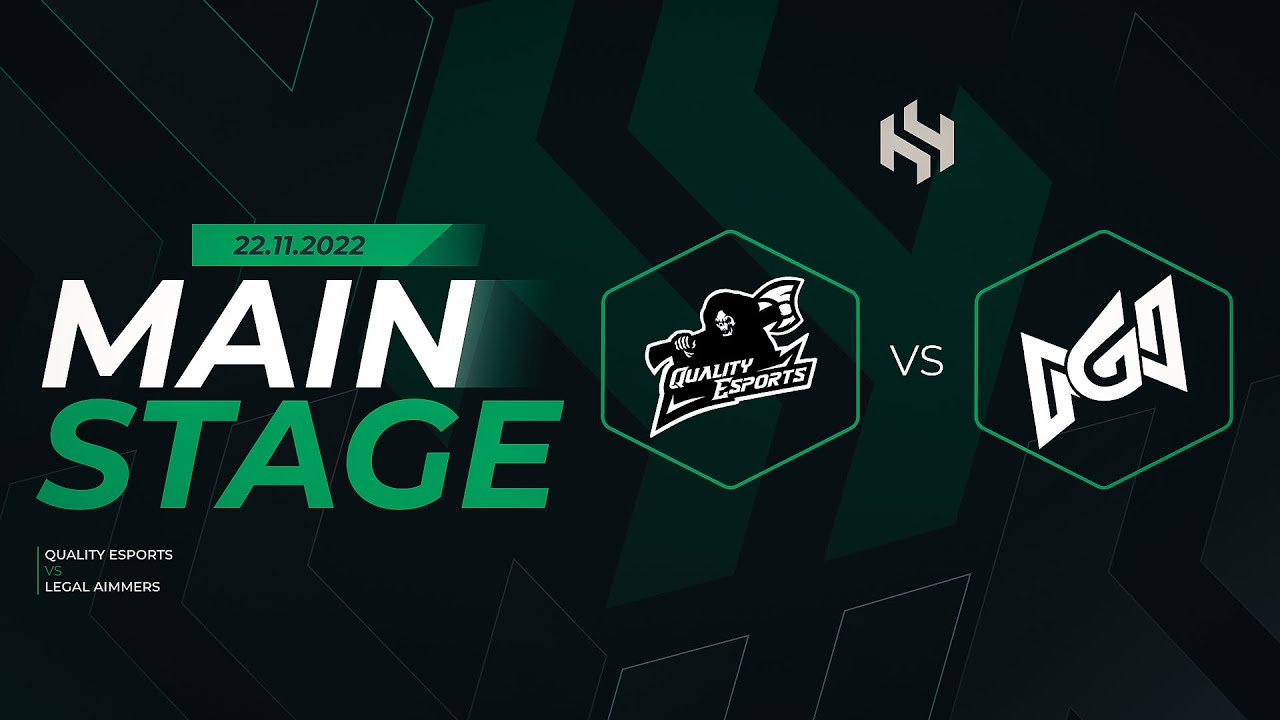In a move that continues to highlight the evolving landscape of competitive gaming, the World of Tanks esports team GESHTALT has announced the signing of an 11-year-old prodigy, Timokha. This decision, while perhaps raising eyebrows among traditionalists, underscores a growing trend of professional organizations investing in exceptionally young talent, redefining the pathway to esports stardom.
A Glimpse into the Future: Timokha Joins GESHTALT
GESHTALT`s announcement heralds Timokha as their newest recruit, destined for a role that, for now, exists outside the immediate glare of the main competitive roster. As stated by Nikita “nerec” Laptev, a representative for GESHTALT, Timokha will not instantly occupy a primary slot. Instead, he will immerse himself in the team`s rigorous training regimen, participate in strategic breakdowns, and join various in-game events and internal competitions. This structured approach aims to nurture his raw talent, preparing him for potential future inclusion in the senior squad.
“Timokha participates in all training sessions, reviews, and various in-game events with our team, such as events, tournaments, and other inter-team competitions. We are well aware of the league regulations and cannot violate them, but this does not negate the fact that Timokha is a full-fledged member of our team. Be kinder; the tank community is very small, and everyone knows each other.” — Nikita “nerec” Laptev, GESHTALT Representative.
This sentiment, a blend of proud declaration and a plea for understanding, perfectly encapsulates the delicate balance esports organizations must strike when bringing such young players into a professional environment. While league regulations typically impose age restrictions for official competitive play, there is nothing preventing teams from developing talent behind the scenes.
The Broader Canvas: Youth in Esports
Timokha`s signing is not an isolated incident but rather a striking example of a broader phenomenon. Just recently, Aurora Gaming made headlines by signing an 8-year-old CS2 player, Adil “ShaLun” Sovetov. These instances paint a vivid picture of a competitive landscape where exceptional skill can emerge at astonishingly young ages, challenging long-held notions of maturity and experience as prerequisites for professional engagement.
This trend forces a critical examination of several aspects of the esports ecosystem:
- Talent Identification: Teams are increasingly casting a wider net, recognizing that digital dexterity and strategic acumen can develop precociously. The traditional model of players honing skills for years before being scouted is being supplemented by an almost immediate recognition of raw, prodigious talent.
- Developmental Pathways: Unlike traditional sports with well-established youth leagues and academies, esports is still formalizing its junior development structures. Signings like Timokha`s highlight a proactive, albeit informal, approach to building future rosters.
- Regulatory Challenges: Age restrictions in professional leagues are in place for various reasons, including safeguarding minors and ensuring fair competition. Teams must navigate these rules carefully, providing development opportunities without compromising compliance.
The Nuances of Nurturing a Prodigy
Bringing an 11-year-old into a professional esports team, even as a development player, presents unique considerations. Beyond the technical skill, there are immense pressures: the weight of expectation, the psychological demands of competitive environments, and the need to balance gaming with crucial developmental stages of childhood.
One might whimsically imagine the team`s “contract negotiations” – perhaps involving an allowance increase for chores or extended screen time. However, beneath the surface, there`s a serious commitment to fostering talent responsibly. For games like World of Tanks, which demand significant tactical foresight, resource management, and teamwork, identifying such potential early could yield substantial dividends in the long run. These aren`t just games of reflexes; they`re digital battlegrounds requiring sophisticated strategic thinking, a skill that evidently blossoms early in some individuals.
The Road Ahead: What This Means for Esports
The rise of youth prodigies like Timokha and ShaLun signifies a fascinating inflection point for esports. It underscores the sport`s rapid growth and its capacity to unearth talent from unexpected corners. While the ethical and logistical frameworks around child athletes in esports are still being refined, these stories ignite conversations about what competitive gaming can become: a domain where age is truly just a number, provided the proper support and regulatory safeguards are in place.
As the digital generation continues to push boundaries, we may well see the “future of esports” arrive much sooner than anticipated, piloted by young maestros navigating virtual battlefields with a maturity that belies their years. GESHTALT`s investment in Timokha is not just about a single player; it`s a statement about belief in the next generation, proving that even in the world of heavy armor, sometimes the smallest tank can lead the charge.

